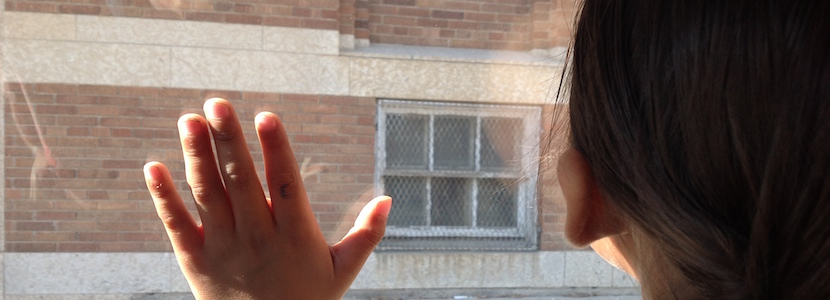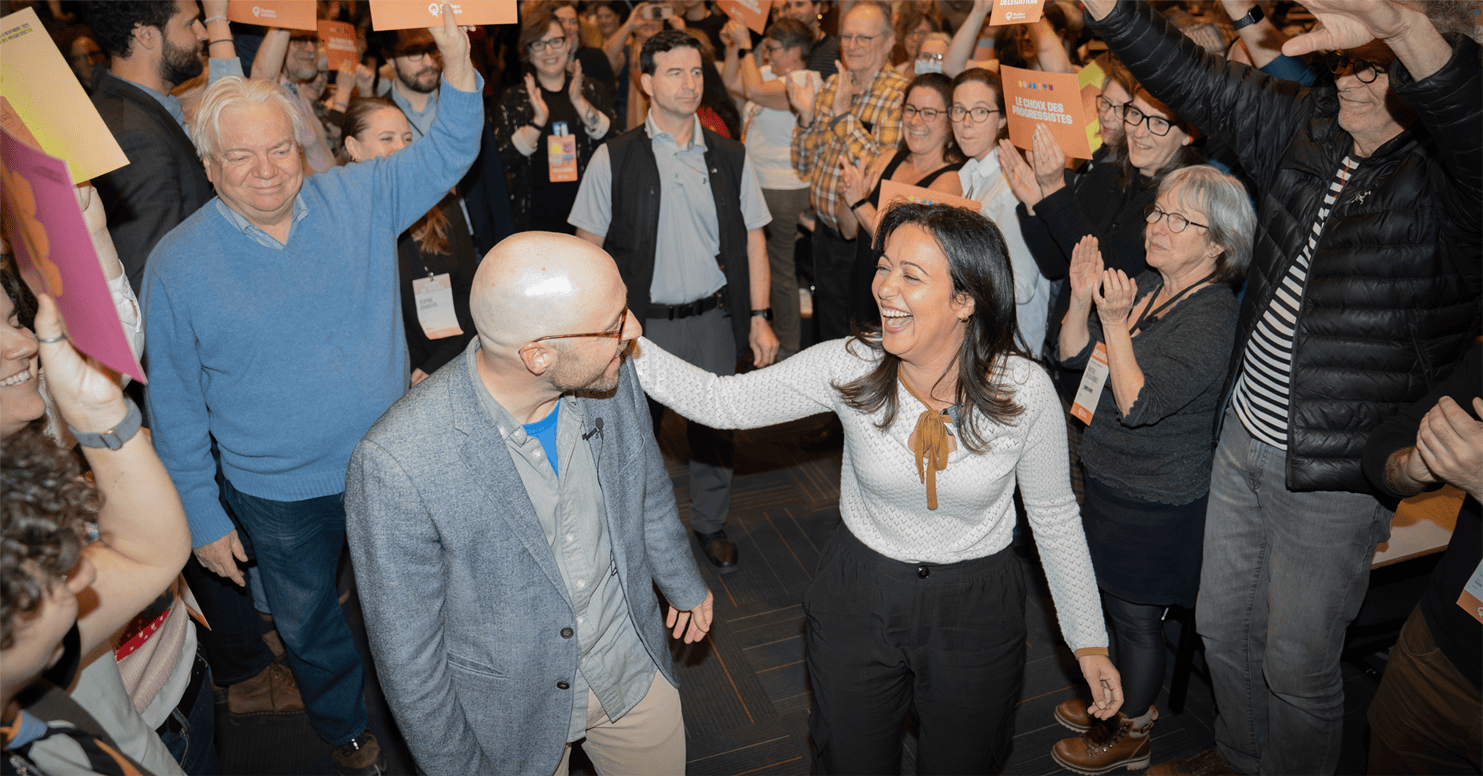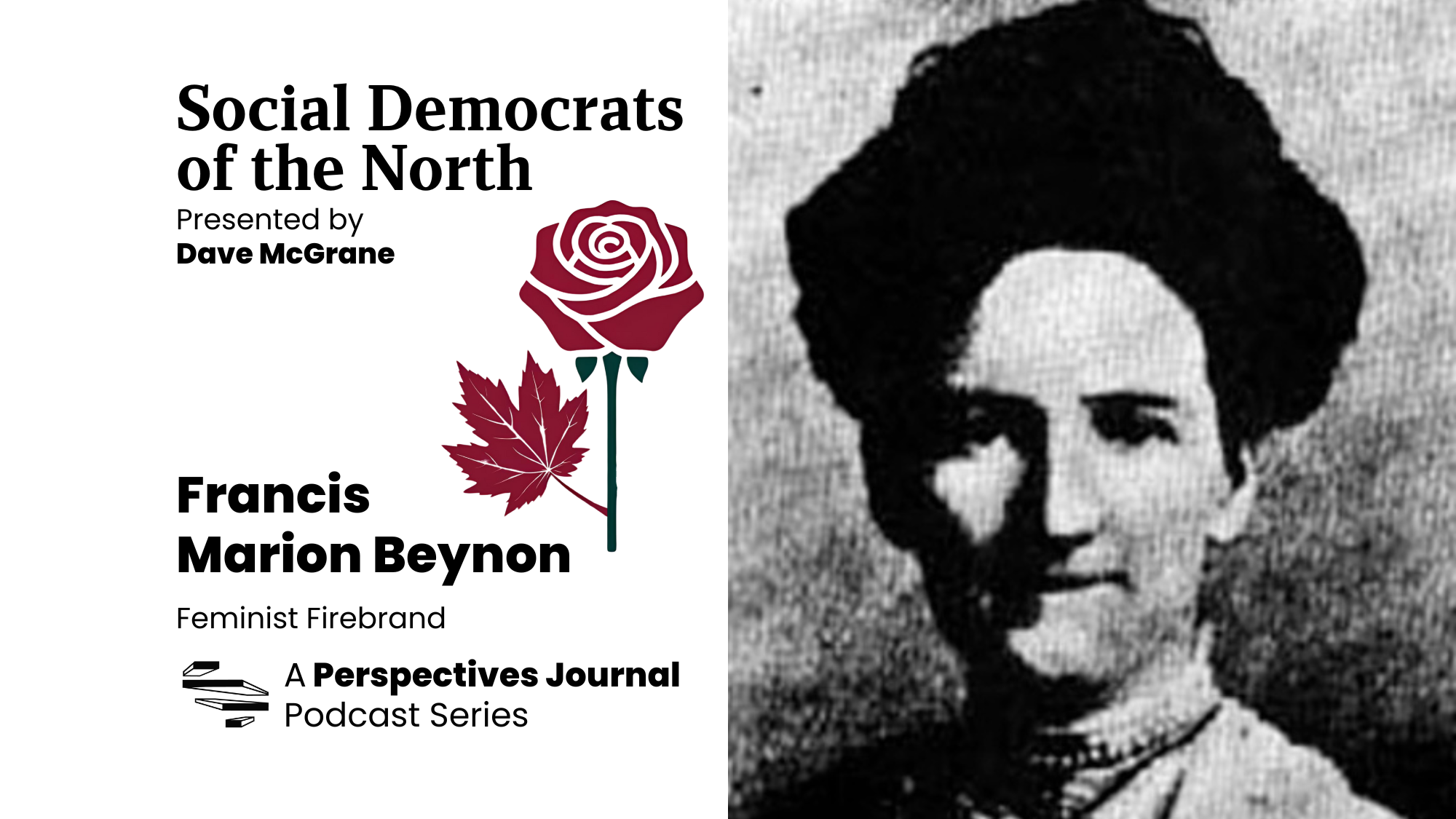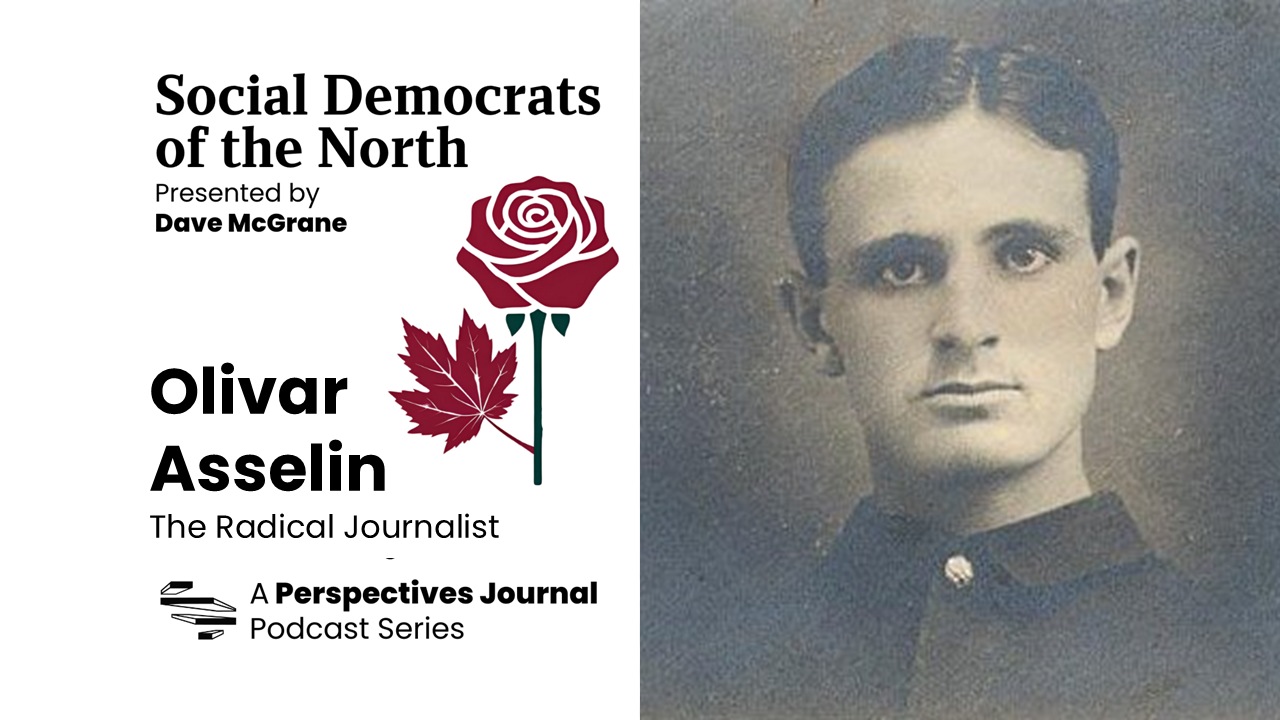On a hot summer July afternoon, a social worker handed me over to a young Saskatchewan farming couple. I was three months old, and my adoptive mother tells me I wouldn’t stop crying. She eventually realized I was too hot because my foster mother had dressed me in all the clothes that I possessed.
I was born Carrie Alaine Pinay in 1973 to a young Saulteaux/Metis/Cree mother who found herself alone and with limited support from family or from Social Services. She made a difficult decision, and surrendered me to a social worker she knew. Her grandparents and parents and my Cree/Nakota father had been forced to attend Residential School. I realize now that my entire family network had been affected by a genocidal system designed to dismantle Nations by taking children away and inflicting pain, shame, and self-hatred.
I was adopted out through the Saskatchewan Adopt Indian Metis pilot project, designed by Social Services to place Indigenous children six and under into non-Indigenous homes. The ‘AIM’ project ran from 1967 to 1974 and over 1000 children were adopted out, sometimes outside of the province and even outside of Canada. Sometimes children’s photos appeared in newspapers, appealing for parents to adopt these “hard to place” children.
It was thought by some of the program’s administrators that if children were taken from their families at a young enough age, they would not have any “Indian or Metis” imprinting, and only their pigmentation would be different from their adoptive families. In my case, my adoptive parents gave me love, they raised me with an awareness of my Indigeneity, and they supported me to reconnect with my birth parents when I turned 16. I know in many ways, my experience was the exception.
Thousands of children were scooped in other provinces in the 1960s, 70s and even in 80s, further inflicting damage to Indigenous family structures. Many times, parents were forced into surrendering their newborns, with social workers and nurses pressuring them with guilt that their children would suffer if they kept them. Other children were taken out of homes that were deemed insufficient, but were often intact and loving families. Even when children were at risk, Social Services would apprehend them instead of finding ways to support the family as a whole. Rarely were siblings placed together and instead were sent to different homes, sometimes scattered across North America.
The Scoop that happened across Canada resulted in a generation of children, estimated at 20 000, being raised outside of their families and communities, and without the connection to their lands, ceremonies, and language. Many foster and adoptive parents were abusive and inflicted painful scars. The Scoop system was a continuation of the premises and purposes of the Indian Residential School system, all part of an ongoing effort by colonial Canada to erase Indigenous peoples.
This past week, the Premier of Manitoba issued an overdue apology to 60s and 70s Scoop survivors. Several weeks ago, the Truth and Reconciliation Commission concluded their mandate of bringing forward the painful stories of survivors and their families. Promisingly, the North West Territories and Nunavut have included Residential School history as part of their school curriculum, and Alberta has promised to do the same.
While these are promising steps – and ought to be followed promptly by curriculum changes in all provinces across the country- educational reforms must also include learning materials that show the rooted systems of oppression that are the foundation of the residential school system and the 60s and 70s scoop.
Today is National Aboriginal Day. Rather than just attending celebrations, federal, provincial and territorial leaders must heed the TRC’s calls to action, some of which are reiterations of recommendations made by the Royal Commission on Aboriginal Peoples. This includes overhauling the Child Welfare system, which continues to be deeply flawed and damaging to future generations.
Today and every day, all of Canada needs to understand that these bluntly discriminatory systems continue to be a lived legacy for Indigenous peoples and Canadians across the country.





